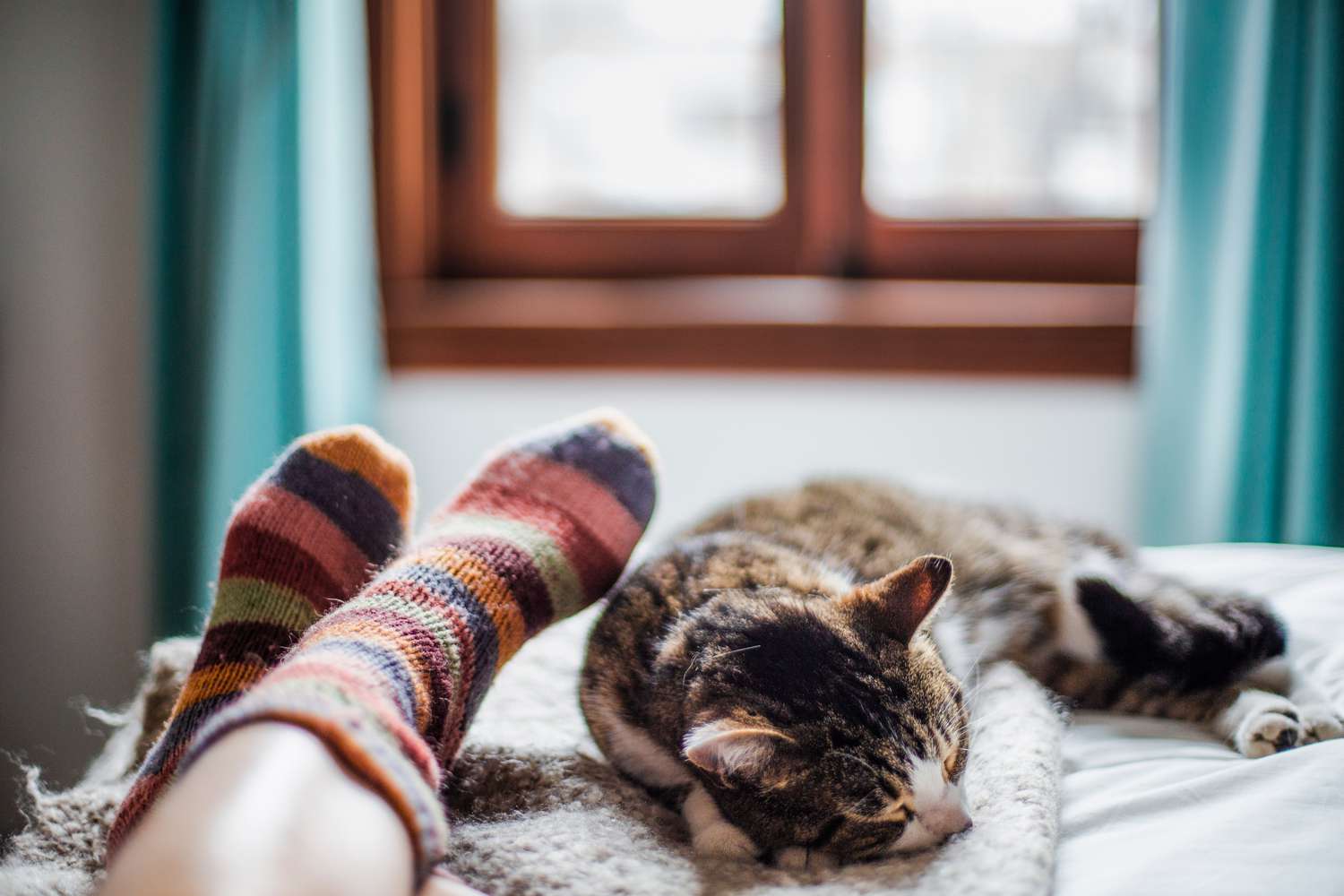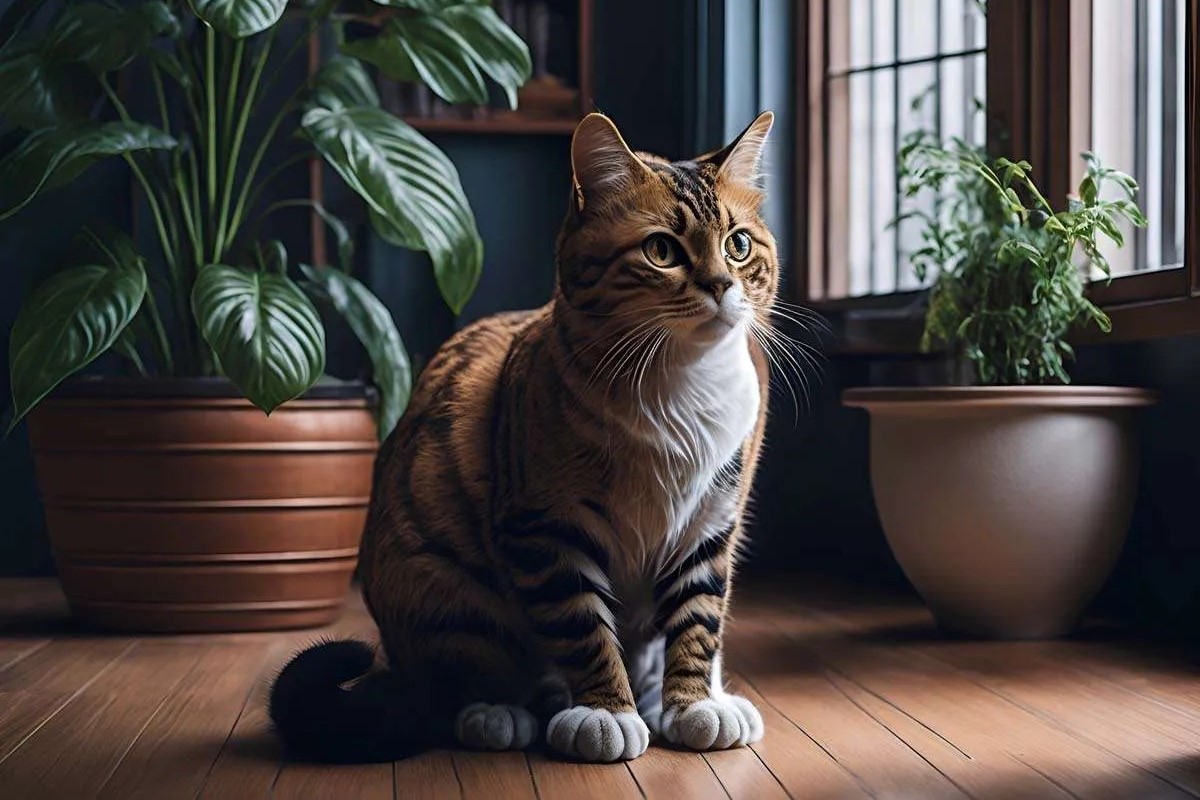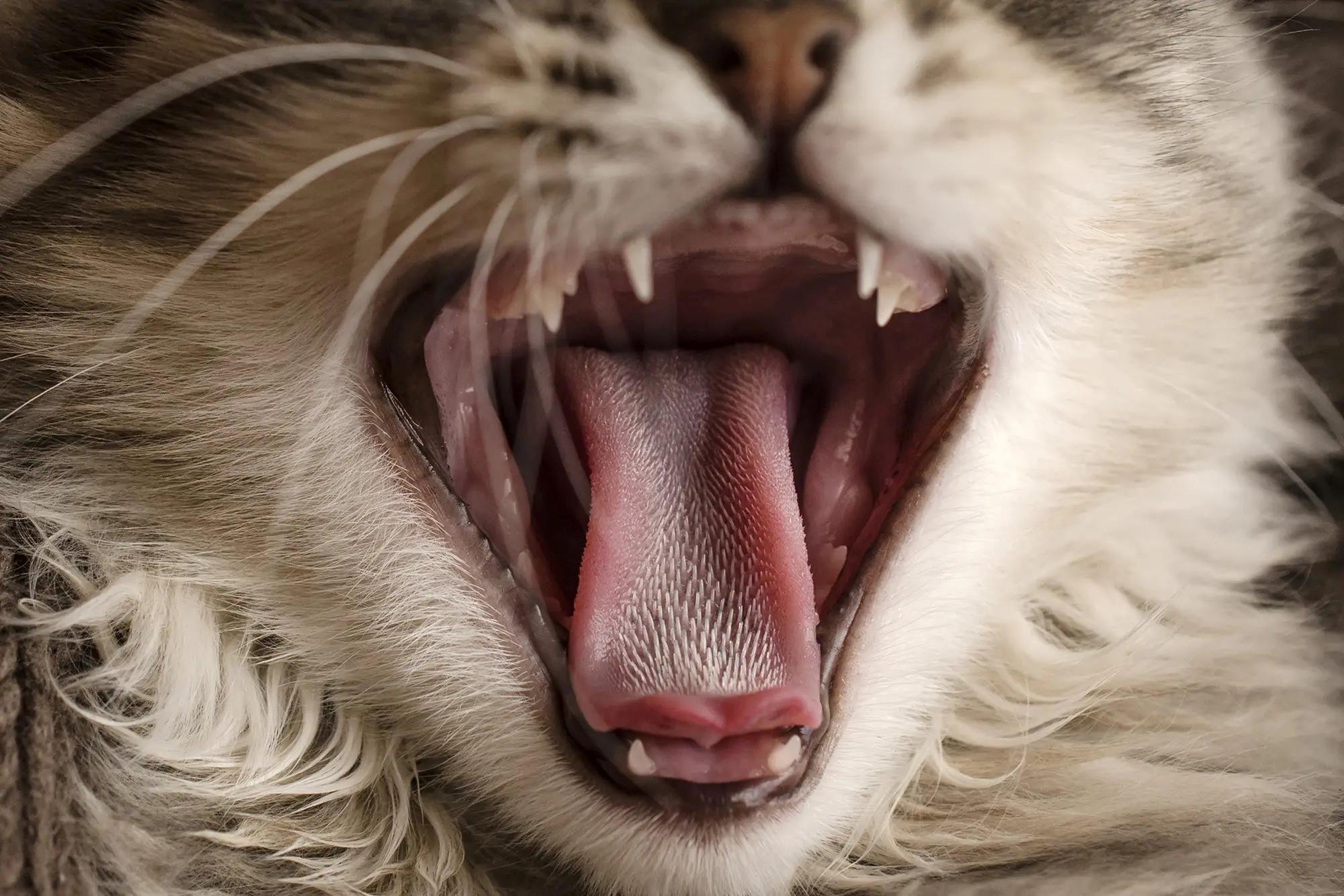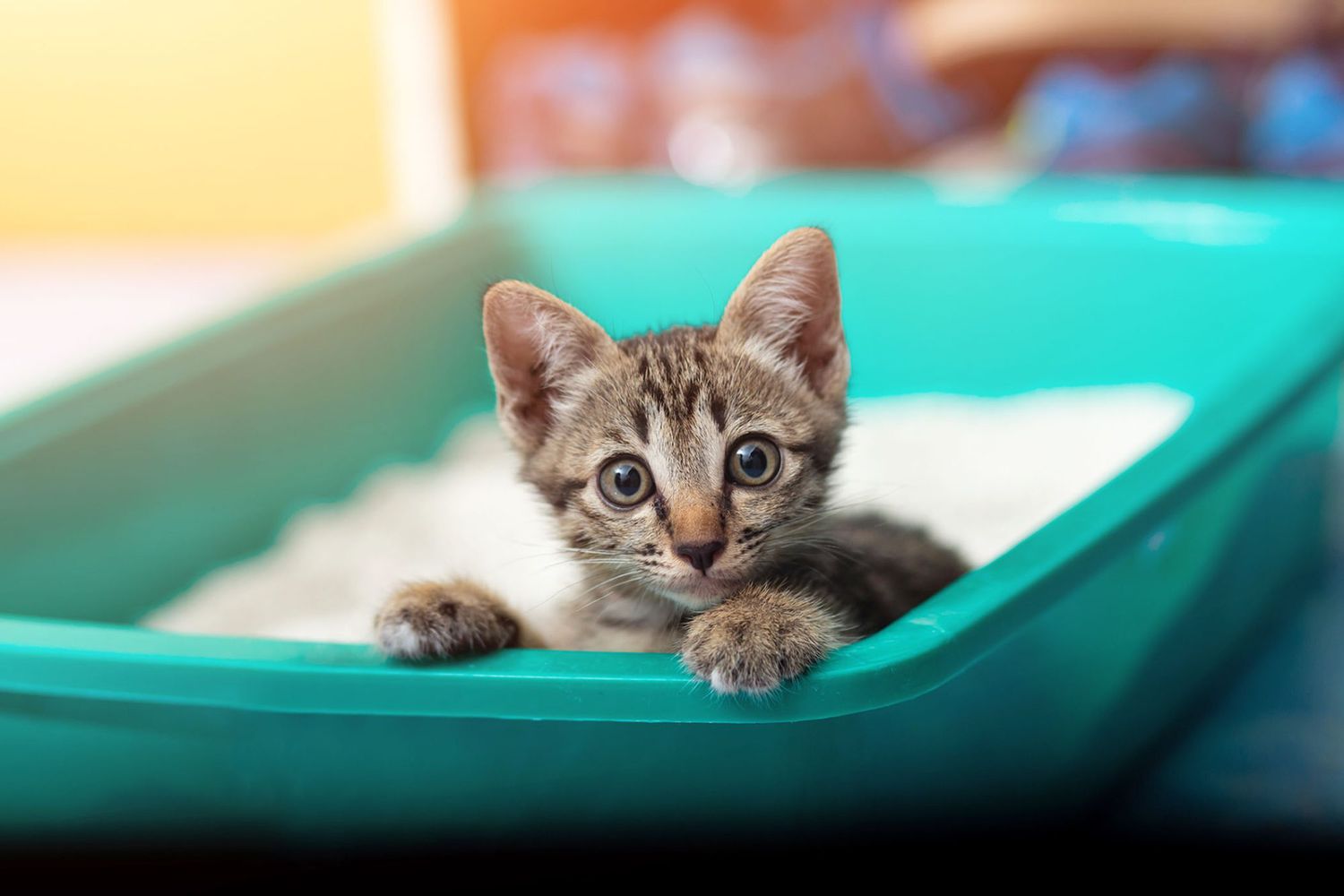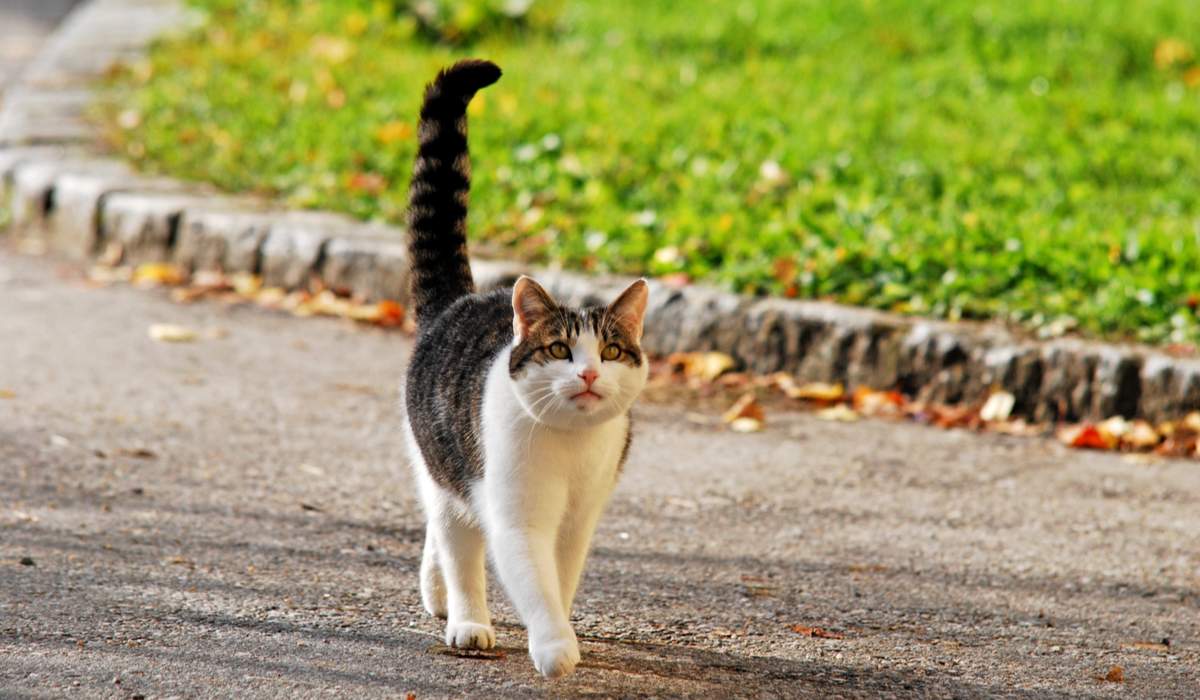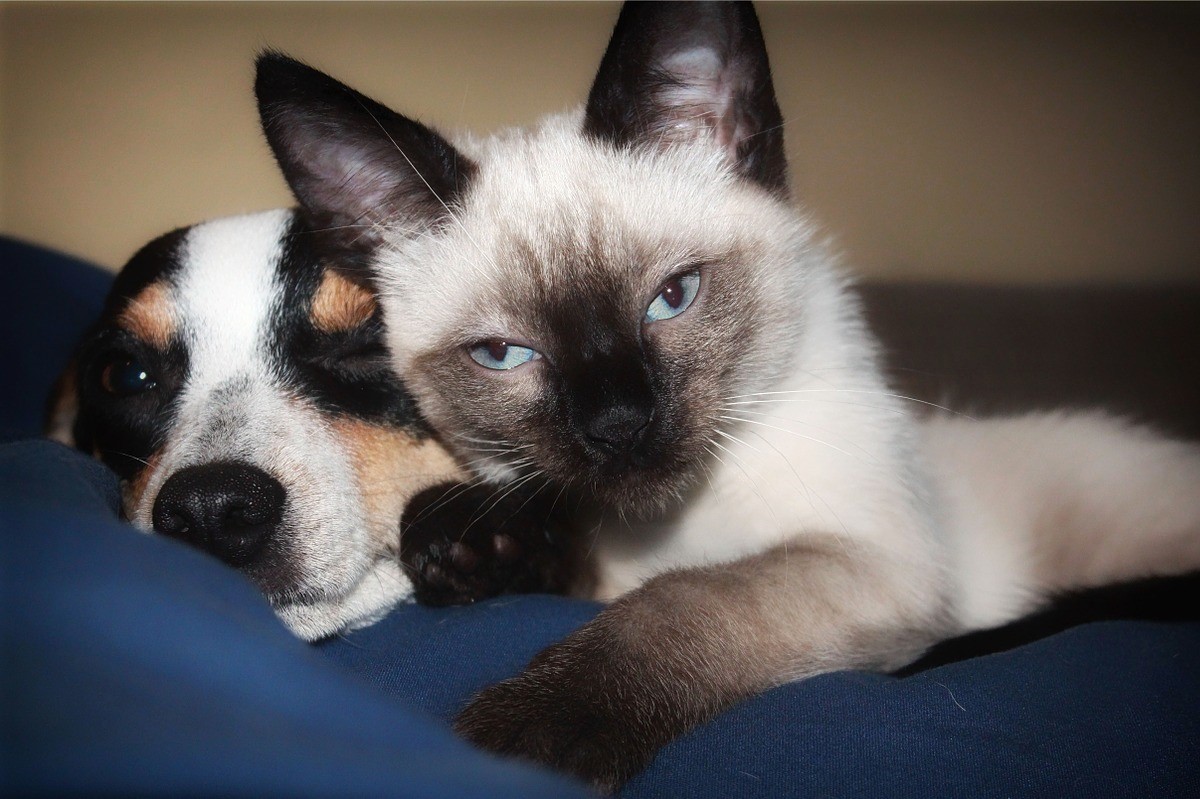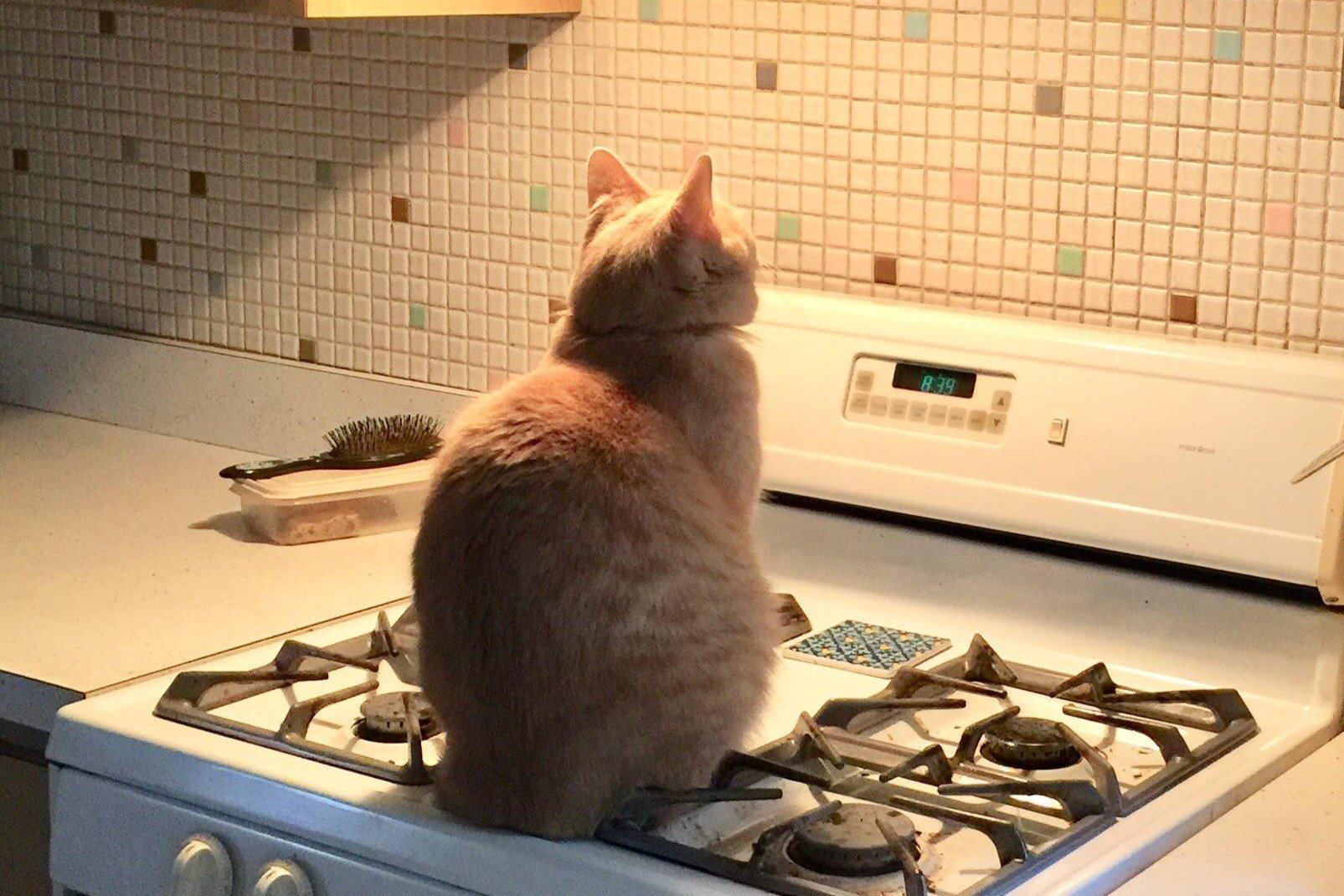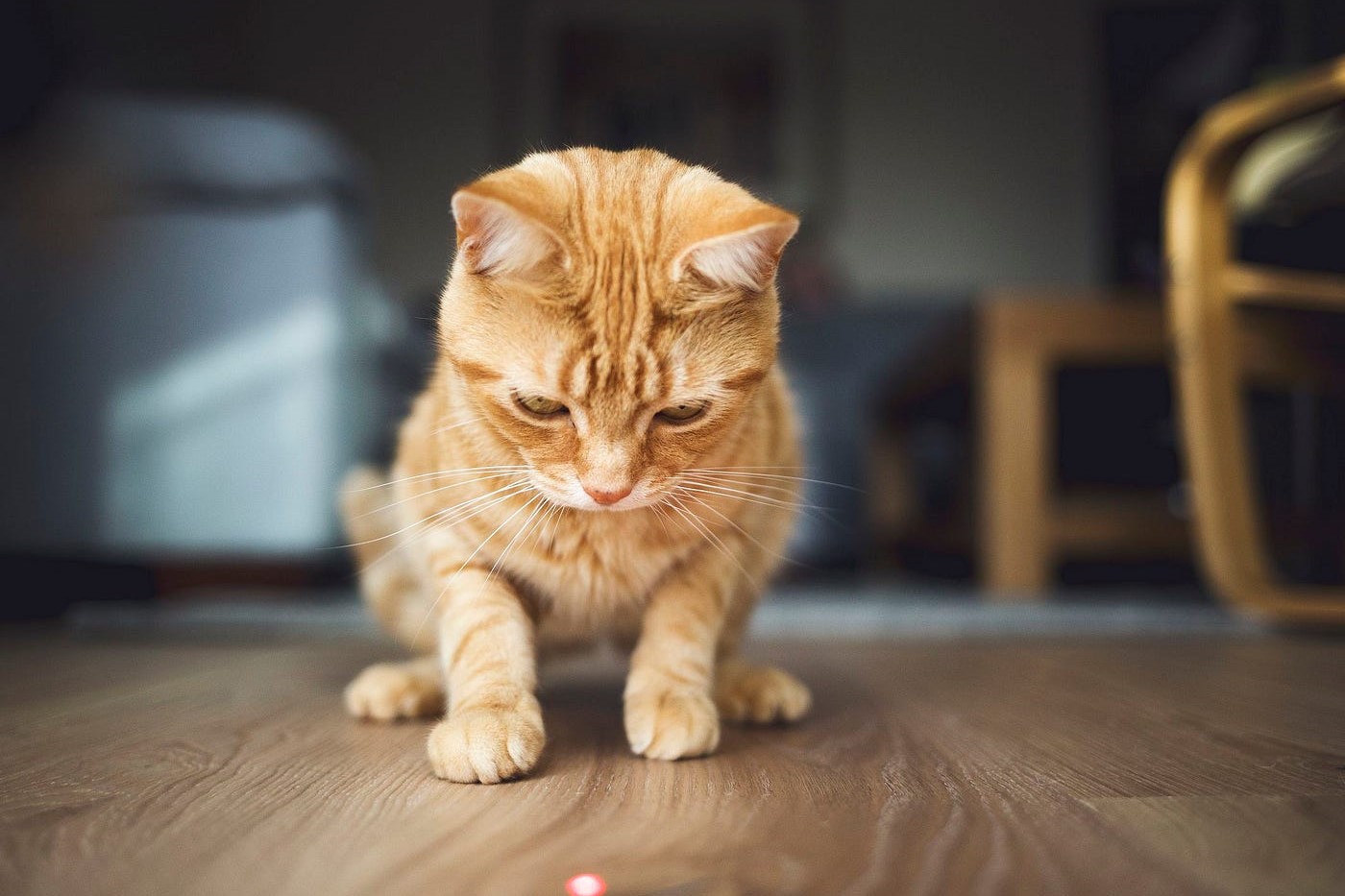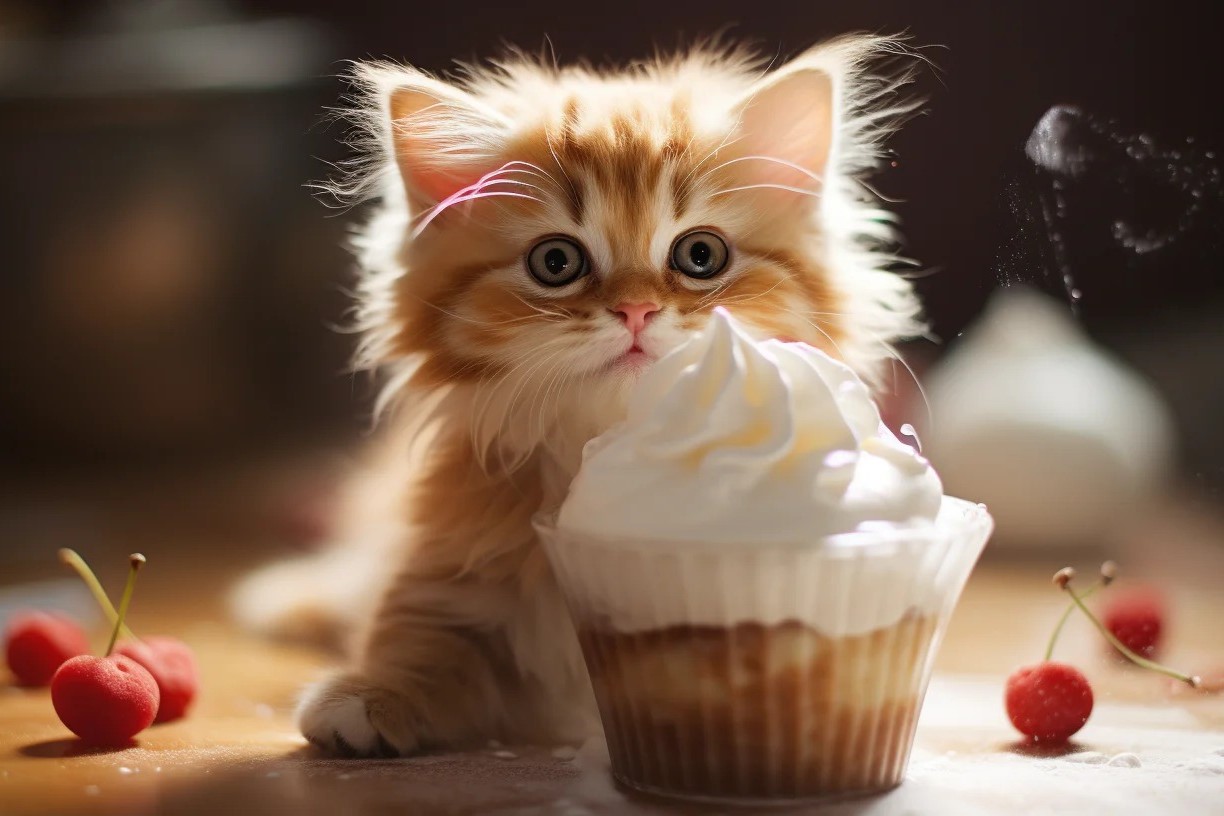Home>Pets & Animals>The Surprising Reason Why Your Cat Can’t Stop Licking Your Nose
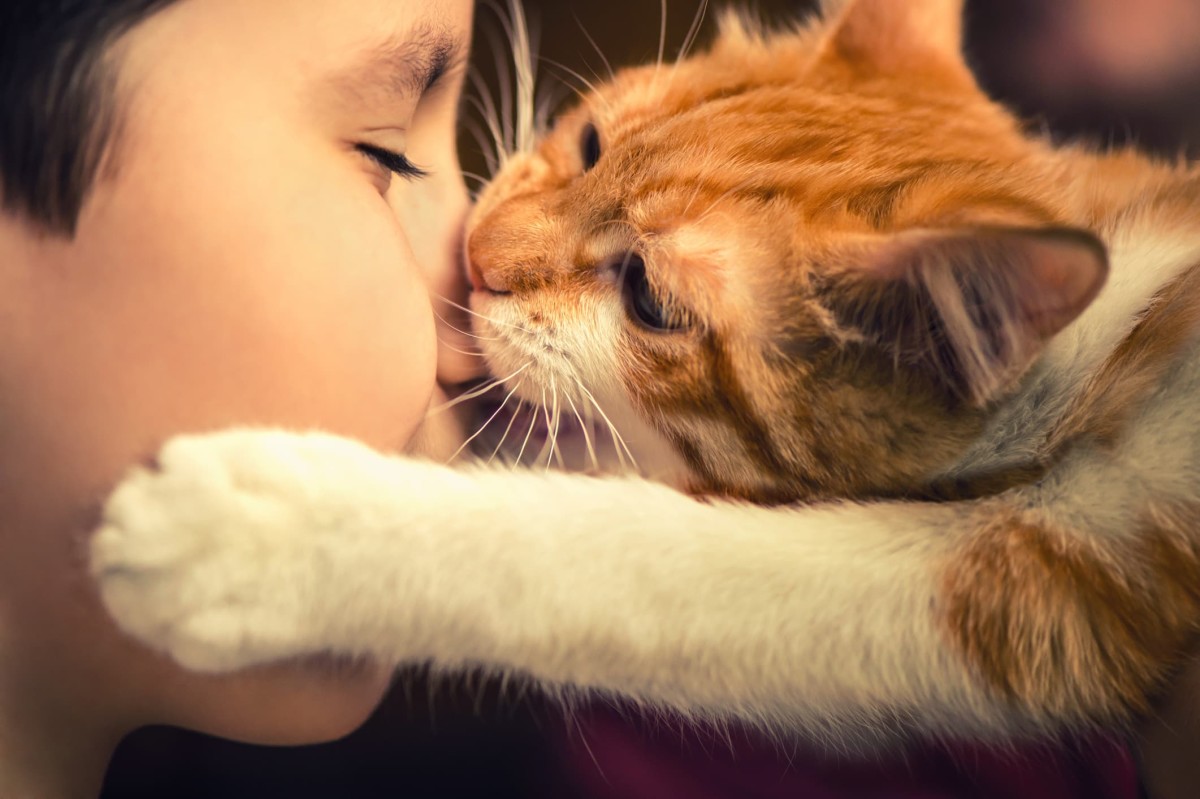

Pets & Animals
The Surprising Reason Why Your Cat Can’t Stop Licking Your Nose
Published: January 28, 2024
Discover the surprising reason behind your cat's nose-licking habit and how it relates to their natural instincts. Learn more about pets and animals behavior.
(Many of the links in this article redirect to a specific reviewed product. Your purchase of these products through affiliate links helps to generate commission for Noodls.com, at no extra cost. Learn more)
Table of Contents
Introduction
Cats are fascinating creatures, known for their enigmatic behaviors and unique ways of expressing affection. If you're a cat owner, you've likely experienced the sensation of your feline friend's rough tongue unexpectedly grazing your nose. While this behavior might initially seem perplexing, there's a fascinating reason behind it. Understanding the motivations driving this seemingly peculiar habit can provide valuable insights into the intricate world of feline behavior.
In the following sections, we'll delve into the captivating realm of cat behavior, exploring the scientific underpinnings of their actions. From the profound significance of scent to the deep bond between cats and their owners, we'll uncover the intriguing reasons why your cat can't seem to resist giving your nose a gentle lick. So, let's embark on this enlightening journey to unravel the mystery behind one of the most endearing and perplexing behaviors exhibited by our beloved feline companions.
The Science Behind Cat Behavior
Cats have long been the subject of fascination and intrigue, their behaviors often shrouded in mystery. However, delving into the scientific underpinnings of feline behavior unveils a world of intricate instincts and sensory perception. At the core of understanding a cat's behavior lies the profound influence of their evolutionary history and the sensory mechanisms that dictate their interactions with the environment.
One of the fundamental aspects of feline behavior is their keen sense of smell. Cats possess a highly developed olfactory system, with an estimated 200 million scent receptors in their nasal cavity, compared to a human's 5 to 20 million. This extraordinary olfactory capability enables cats to perceive scents with remarkable precision, allowing them to discern a myriad of olfactory cues in their surroundings. From detecting prey to recognizing familiar scents, a cat's sense of smell plays a pivotal role in shaping their behaviors.
Furthermore, the intricate interplay between a cat's olfactory system and their behavior is deeply rooted in their evolutionary heritage. Wild cats, as solitary hunters, relied on their acute sense of smell to navigate their environment, locate prey, and identify potential threats. This evolutionary legacy has left an indelible mark on the behavior of domestic cats, influencing their interactions with their surroundings and their human companions.
In addition to their olfactory prowess, cats exhibit a range of behaviors that are intricately linked to their sensory perception. From kneading blankets to rubbing against objects, these behaviors are often driven by the desire to mark their territory and establish a sense of familiarity in their environment. Through the secretion of pheromones from glands located on their face, paws, and other parts of their body, cats leave subtle scent markers that serve as a form of communication and comfort in their surroundings.
Moreover, the intricate relationship between a cat's behavior and their sensory perception extends to their interactions with their human companions. Cats often engage in behaviors such as head butting and rubbing against their owners as a means of depositing their scent, thereby forging a sense of familiarity and bonding. This behavior serves as a testament to the profound influence of scent in shaping the dynamics of the human-cat relationship.
In essence, the science behind cat behavior is a captivating tapestry of sensory perception, evolutionary legacy, and the intricate interplay between instinct and domesticity. By unraveling the complexities of feline behavior, we gain a deeper appreciation for the remarkable instincts and sensory acuity that define our enigmatic feline companions.
The Importance of Scent
The significance of scent in the world of cats cannot be overstated. For these enigmatic creatures, scent serves as a vital means of communication, navigation, and emotional expression. Understanding the profound role of scent in a cat's life unveils a rich tapestry of instinctual behaviors and sensory perceptions that shape their interactions with the environment and their human companions.
At the heart of a cat's olfactory prowess lies a remarkable sense of smell, honed by millions of scent receptors that enable them to perceive the world in ways that are beyond human comprehension. Through their keen sense of smell, cats can detect a myriad of olfactory cues, from the subtlest changes in their environment to the familiar scents of their human family members. This extraordinary olfactory acuity not only enriches their sensory experience but also plays a pivotal role in guiding their behaviors and emotional responses.
In the wild, a cat's sense of smell is indispensable for survival. From detecting prey to identifying potential threats, scent serves as a vital tool for navigating and understanding their environment. Even in the domestic setting, this instinctual reliance on scent remains deeply ingrained in a cat's behavior. They mark their territory, depositing subtle scent markers through rubbing and scratching, creating a comforting environment that is imbued with their unique olfactory signature.
Moreover, the importance of scent extends to the realm of social interaction. When a cat rubs against its human companion or engages in head butting, it is not merely seeking physical contact; it is also depositing its scent as a means of forging a bond and expressing familiarity. This act of scent marking serves as a form of communication, conveying a sense of security and belonging in their shared space.
Furthermore, the emotional significance of scent is evident in the comforting behavior exhibited by cats when they knead blankets or curl up on clothing that carries the scent of their human family members. This behavior reflects their innate desire for emotional reassurance and connection, as they seek solace in the familiar scent of their beloved humans.
In essence, the importance of scent in the world of cats transcends mere olfactory perception; it is a fundamental aspect of their communication, emotional expression, and sense of security. By recognizing the profound influence of scent in shaping the behaviors and emotional dynamics of cats, we gain a deeper appreciation for the intricate sensory world that defines the lives of our feline companions.
The Bond Between Cats and Their Owners
The bond between cats and their owners is a complex and deeply nuanced aspect of feline companionship. While cats are often characterized as independent and enigmatic creatures, their capacity for forming profound emotional connections with their human companions is a testament to the depth of their social and emotional intelligence.
Contrary to popular misconceptions, cats are not aloof or indifferent; rather, they possess a remarkable ability to form deep and enduring bonds with their human family members. This bond is characterized by a myriad of subtle yet profound behaviors that reflect the emotional depth of the feline-human relationship.
One of the most striking manifestations of the bond between cats and their owners is the display of affectionate behaviors. From gentle head butting to affectionate rubbing against their owners, cats express their fondness and attachment through these subtle gestures. These acts of physical closeness serve as a means of forging a sense of intimacy and connection, affirming the depth of the emotional bond between cats and their human companions.
Moreover, the emotional attunement displayed by cats further underscores the strength of their bond with their owners. Cats are remarkably perceptive creatures, capable of discerning their human companions' emotional states and responding with empathy and comfort. Whether it's offering a comforting purr or providing silent companionship during moments of distress, cats demonstrate a profound understanding of their owners' emotional needs, thereby strengthening the bond of trust and emotional reciprocity.
Furthermore, the bond between cats and their owners is characterized by a deep sense of mutual understanding and companionship. Cats possess an innate ability to sense their owners' moods and preferences, adapting their behaviors to accommodate and support their human companions. This attunement to their owners' needs fosters a harmonious and mutually enriching relationship, grounded in a profound sense of emotional connection and understanding.
In essence, the bond between cats and their owners transcends the confines of conventional notions of pet ownership. It is a dynamic and multifaceted relationship that is characterized by emotional depth, mutual understanding, and unwavering companionship. By recognizing the profound emotional intelligence and capacity for connection exhibited by cats, we gain a deeper appreciation for the intricacies of the feline-human bond, enriching our understanding of the remarkable dynamics that define the relationship between cats and their beloved human companions.
The Licking Habit
The act of licking is a behavior deeply ingrained in the repertoire of feline expressions, serving as a multifaceted means of communication, grooming, and emotional connection. When your cat affectionately bestows a gentle lick upon your nose, it is not merely a random gesture; rather, it is laden with profound significance that reflects the intricate dynamics of the feline-human bond.
One of the primary functions of licking in cats is grooming. Cats are fastidious groomers, meticulously tending to their fur to maintain cleanliness and regulate body temperature. This meticulous grooming behavior extends beyond self-maintenance, as cats often engage in mutual grooming with their feline companions as a means of reinforcing social bonds and demonstrating affection. When your cat extends this grooming behavior to include you, it signifies a deep sense of trust and affection, as they perceive you as an integral part of their social group.
Furthermore, the act of licking serves as a form of communication and emotional expression for cats. When your cat licks your nose or face, it is a gesture imbued with affection and trust, reflecting their desire to establish a sense of closeness and intimacy. This behavior is rooted in the feline instinct to deposit their scent as a means of marking their territory and forging a sense of familiarity. By anointing you with their saliva, cats are reaffirming their bond with you and expressing their affection in a manner that is deeply ingrained in their instinctual repertoire.
In addition to grooming and emotional expression, licking also serves as a means of seeking attention and initiating interaction. When your cat engages in licking behavior, it is often accompanied by gentle nudges and purring, signaling their desire for affection and companionship. This act of seeking physical contact and closeness reflects the depth of their emotional connection with you, as they seek to establish a sense of intimacy and connection through this endearing behavior.
Moreover, the act of licking can also be attributed to a cat's innate curiosity and exploration. Cats are naturally inquisitive creatures, and the act of licking serves as a means of gathering sensory information about their environment and their human companions. Through this tactile exploration, cats gain insights into the olfactory cues and unique scents that define their shared space, further enriching their sensory experience and emotional connection.
In essence, the licking habit in cats is a multifaceted behavior that encompasses grooming, emotional expression, communication, and sensory exploration. When your cat bestows a gentle lick upon your nose, it is a poignant gesture that reflects the depth of their affection, trust, and desire for closeness. By recognizing the intricate layers of meaning embedded within this seemingly simple behavior, we gain a deeper appreciation for the profound and nuanced ways in which cats express their emotions and forge enduring bonds with their human companions.
Conclusion
The enigmatic behaviors exhibited by cats often serve as windows into the intricate world of feline instincts, emotions, and social dynamics. The act of a cat licking its owner's nose, while initially perplexing, unveils a profound tapestry of sensory perception, emotional expression, and the deep bond between cats and their human companions. As we conclude this enlightening exploration of feline behavior, it becomes evident that the seemingly simple act of a cat licking its owner's nose is laden with multifaceted meanings that reflect the intricate dynamics of the feline-human relationship.
The act of licking, rooted in the instinctual grooming behavior of cats, serves as a means of maintaining cleanliness, regulating body temperature, and reinforcing social bonds within the feline social group. When extended to their human companions, this grooming behavior reflects a deep sense of trust, affection, and the perception of humans as integral members of their social circle. Furthermore, the act of licking serves as a form of communication and emotional expression, as cats anoint their owners with their saliva to mark their territory, establish familiarity, and convey affection.
Moreover, the significance of scent in shaping the behaviors and emotional dynamics of cats emerges as a central theme in understanding the licking habit. Cats possess a remarkable olfactory acuity, enabling them to perceive a myriad of olfactory cues and communicate through scent marking. The act of licking serves as a means of depositing their scent on their human companions, forging a sense of closeness, intimacy, and emotional connection. This behavior highlights the profound influence of scent in shaping the feline-human bond and underscores the intricate sensory world that defines the lives of our beloved feline companions.
In essence, the act of a cat licking its owner's nose encapsulates the multifaceted nature of the feline-human relationship, reflecting the depth of trust, affection, and emotional connection that define this unique bond. By unraveling the layers of meaning embedded within this seemingly simple behavior, we gain a deeper appreciation for the remarkable ways in which cats express their emotions and forge enduring bonds with their human companions. As we continue to cherish and nurture this extraordinary bond, may we find joy and enrichment in the profound and nuanced expressions of love and companionship that define our relationships with these captivating and enigmatic creatures.
